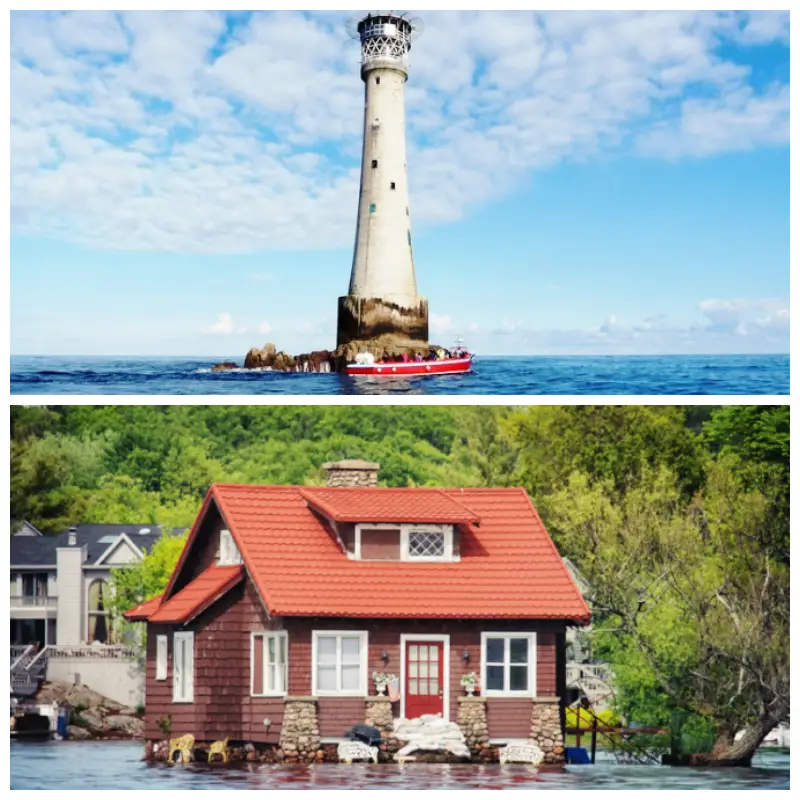
Discovering the World’s Smallest Inhabited Island: Just Room Enough
Just Room Enough Island, as its name suggests, is the tiniest inhabited island on Earth. This unique piece of land offers just enough space for a small house and a single tree, making it a fascinating destination with a quirky history.
A Delicate Balance: Size and Safety
Located on the St. Lawrence River in New York, Just Room Enough Island is part of the Thousand Islands region, a collection of 1,864 islands that straddle the U.S.-Canada border. What makes this island particularly intriguing is its minuscule size—only 306 square meters. Visitors are advised to be cautious when exploring, as “one wrong step could have you swimming,” according to The Washington Post.

Initially, Bishop Rock, a solitary lighthouse on the Scilly Isles in the United Kingdom, held the Guinness World Record for the smallest inhabited island. However, after Bishop Rock was abandoned in 1982, the title passed to Just Room Enough Island. The Sizeland family, who purchased the island in the 1950s, renamed it from “Hub Island” to its current name, reflecting the fact that the island is barely large enough to support a house and a tree.
In the Thousand Islands region, an island is defined by two main criteria: it must be above water year-round and have enough soil to support at least two trees or bushes. Just Room Enough Island meets these criteria but just barely, with one small tree and a tiny house occupying most of its limited space.
A Weekend Getaway Turned Tourist Attraction
The Sizeland family originally bought the island to create a secluded weekend retreat. However, their dream of a peaceful escape quickly faded as the island became a popular tourist attraction. Curious visitors, drawn by the island’s unique claim to fame, often cruise by to catch a glimpse of the world’s smallest inhabited island.

Just Room Enough Island is more than just a quirky spot on the map; it’s a testament to how even the smallest places can capture the world’s imagination. This tiny island serves as a reminder that sometimes, less is truly more.






